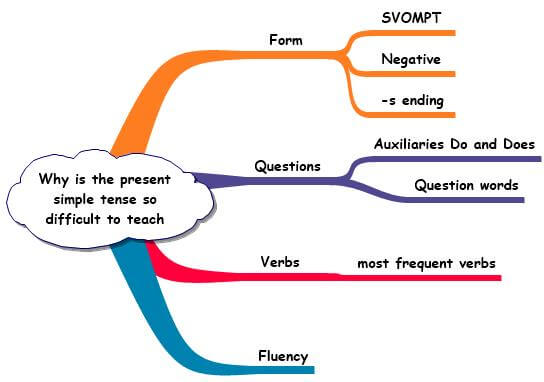Why is the Present Simple Tense so Difficult to Teach
The present simple tense is the most important tense for elementary students of English to learn. To be able to communicate intelligibly they need to master at least the basic rules. If they don´t they will struggle with many other grammar rules. Therefore it is crucial that they learn this tense. But what does it…

